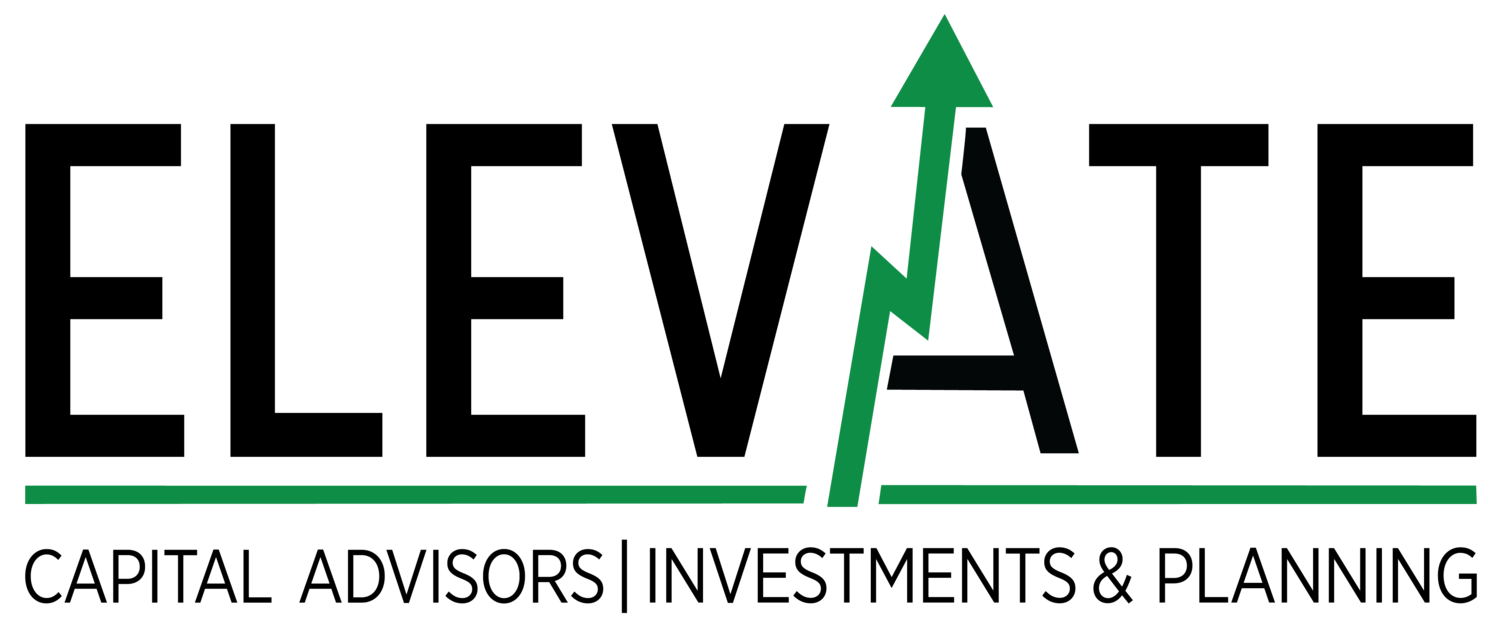June 26, 2018
Eagle, Colorado
All good things come to an end.
Last night, the Dow Jones Industrial Average (DOW) closed below its 200-day moving average for the first time since June 27th, 2016 – almost two years to the day ago. That event was unquestionably a buying opportunity with the DOW moving up 1,454 points (8.49%) in the following 16 trading days. According to Sentimentrader.com, the last 6 times (going back to 1994) the DOW has closed below its 200-day average, it was higher 1 month later. As we know, history is no guarantee of the future, though. We view this close as a warning shot from the market.
We are seeing increased volatility around the globe, albeit from extremely low levels. The Federal Reserve is pulling liquidity out of the market at an increasing rate and the DOW and S&P 500 are now down year-to-date.
At the heart of much of this volatility is talk of a trade war between the worlds two largest economies. With global supply chains so interconnected the way they are it is a very complex situation. Imagine the case of BMW manufacturing cars in North Carolina and exporting some of those cars to China. Here you have a German company employing blue-collar American workers, and now being all but forced to consider moving their production out of the USA and taking all those jobs along with it. This is a simple example, but far more complex issues are playing out all around the world today, and these issues seem to be slowing down the global economy.
Also of concern is the difference in yield between the 10-year US Treasury and the 2-year US Treasury Notes (or bonds). Right now, the spread is very small at only 0.34%. The last time we were at this level was in August of 2007 – but don’t let that fool you. At that time the spread was rising after having gone negative or inverting. We haven’t done that this time – yet. But we are confident that will happen, and when it does it will serve as a timer of sorts before the next recession gets under way. You can see in the chart below that the yield spread between the 10-year and 2-year has an uncanny ability for predicting recessions (which are shaded areas on the graph). But, its important to note that it isn’t an instant reaction. For example, from Jan 2006 when the “10 minus 2” spread inverted for the first time last cycle to December 2007 when The Great Recession finally started (officially), the Nasdaq went up as much as 22%.
SOURCE: Federal Reserve Bank of St. Louis, 10-Year Treasury Constant Maturity Minus 2-Year Treasury Constant Maturity [T10Y2Y], retrieved from FRED, Federal Reserve Bank of St. Louis; https://fred.stlouisfed.org/series/T10Y2Y, June 25, 2018.
All of this is wreaking havoc in emerging market economies. We recently hit our stop-loss in our emerging markets ETF (Symbol: VWO) and we sold it for a 6% gain (measured from Elevate’ s launch date).
As we like to say, we love following stops and selling for a gain. This is exactly how it is supposed to work. Our most volatile positions should hit their stops first, and this is what gives us the cash to invest in new opportunities that arise out of the uncertainty.
Shane Fleury, CIO
Elevate Capital Advisors
Legal Information and Disclosures
This commentary expresses the views of the author as of the date indicated and such views are subject to change without notice. Elevate Capital Advisors, LLC (“Elevate”) has no duty or obligation to update the information contained herein. This information is being made available for educational purposes only. Certain information contained herein concerning economic trends and performance is based on or derived from information provided by independent third-party sources. Elevate believes that the sources from which such information has been obtained are reliable; however, it cannot guarantee the accuracy of such information and has not independently verified the accuracy or completeness of such information or the assumptions on which such information is based. This memorandum, including the information contained herein, may not be copied, reproduced, republished, or posted in whole or in part, in any form without the prior written consent of Elevate.Further, wherever there exists the potential for profit there is also the risk of loss.
